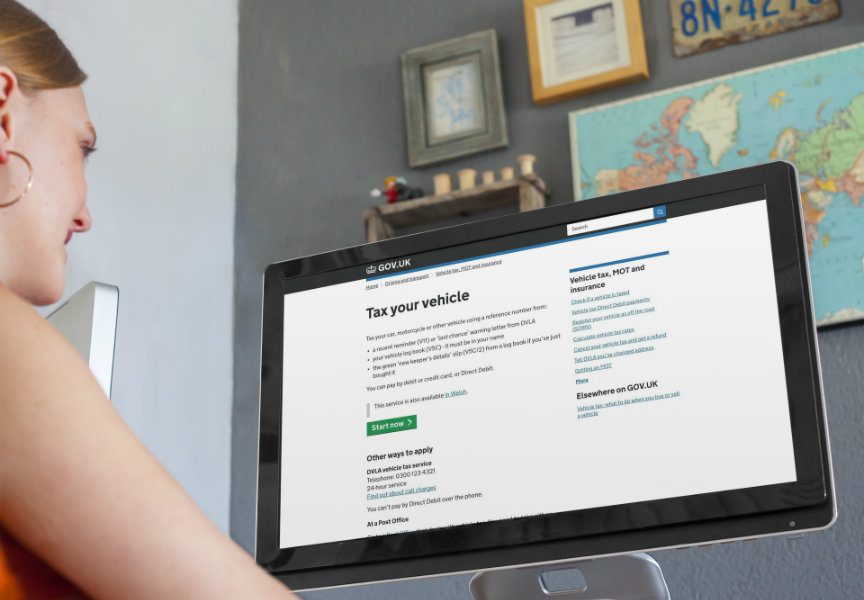https://www.jthughes.co.uk/Blog/View/Shropshire-Car-buyers-Be-Aware-7-in-10-buyers-pay-more-from-April-2017/3464
Shropshire Car buyers Be Aware - 7 in 10 buyers pay more from April 2017

Ads by JT Hughes
Scroll to continue with content
Significant VED changes affecting car buyers from April
If you are looking for new car in the coming weeks, you may be aware that new rules for Vehicle Excise Duty (VED) - road fund tax, are imminent. Essentially, for some vehicles, it means there’s money to be saved if you buy before 1st April. For others, VED will be cheaper if you wait until the new rates kick-in. The choice of vehicle that you plan to buy and its CO2 emissions are the determining factors; hence it’s worth doing some homework in advance.
Before getting stuck into the nitty gritty, it could be viewed that the new regulations and VED rates have been simplified, made fairer even. But as is often the case in tax change territory, the tail has a sting or two to get your head around.
What hasn’t changed
Let’s get the easy bits out of the way first. If the vehicle you plan to buy has no tail-pipe emissions; that’s pure, plug-in electric, along with those powered by hydrogen, there is still no VED to pay. Secondly, these changes are not retrospective; the existing structure and payables remain for your current vehicle.
Low emission vehicles affected
Here’s the first and inevitable sting; from 1st April, current low emission vehicles will not only attract an emission-based, first-year charge but from year two onwards, owners will have to pay the standard new annual fee of £140.
The more C02 your vehicle emits - registered after 1st April - the higher the first year charge. Then it’s almost a level playing field, rather than having a range of scale charges. Seemingly, there’s much less a VED incentive to drive a low emissions vehicle, once you have paid the first year charge.
But of course, such vehicles are still frugal in the fuel consumption stakes. And let’s face it, fuel costs are a bigger consideration for many.
The why (probably)
The rationale behind these changes announced in the 2015 Budget require little rocket science to work out. Certainly, environment considerations and C02-based VED have led to the introduction and purchases of many low emission vehicles in recent times.
Manufacturers have done a great deal to make their engines more efficient and economical. Customers have benefitted and have been sitting relatively comfortable with such progress. But now, the eco revenue swing-o-meter has gone too far the other way. Lots of positive eco value for the environment, but less VED revenue for the exchequer. Hence this move to keep the zero VED rates exclusive for the growing list of ‘eco A-list’ performers, but everyone else will have to contribute.
One can imagine the conversation at the HM Treasury, ‘we will prescribe a one-time dose of painful medicine for high emission vehicle drivers (£2,000 for over 255g/km). Customers will probably bundle that into their purchasing package to hide such harsh realities. Then it’s just £140pa which may not seem so bad’. Or something like that.
VED is not so good for higher price vehicles
The second sting is if your vehicle’s list price, with specified toys, is greater than £40,000. Good news: you will still pay £140 annually after year one. Less good news: you will also need to inject an extra £310 per annum into HMRC coffers for five years.
Even if you have a zero emissions vehicle in that price range, your free VED ride goes out the windows. You will be stumping up £1,550 before the duty falls back to zero. Who knows; by then the rules could change again.
Do the sums: check the detail for savings
Summarising, VED changes are set to have the biggest impact on low emission vehicles and, if such types are on your shopping list, you may like to consider registration before 1st April.
It’s also worth looking at the position, particularly if you are looking at a mid-range vehicle where the savings may be more finely balanced. Work the maths over your likely replacement cycle, factor in that first-year payment and see how things look for the motors on your list.
As motorists, it seems we are never too far away from a situation that increases our mobility costs; higher insurance premiums, fuel prices on the up again, and so on. Nevertheless, if you play your VED cards right, here’s one in which you may be able to save a few bob. Or at least swallow a slightly more palatable pill.
